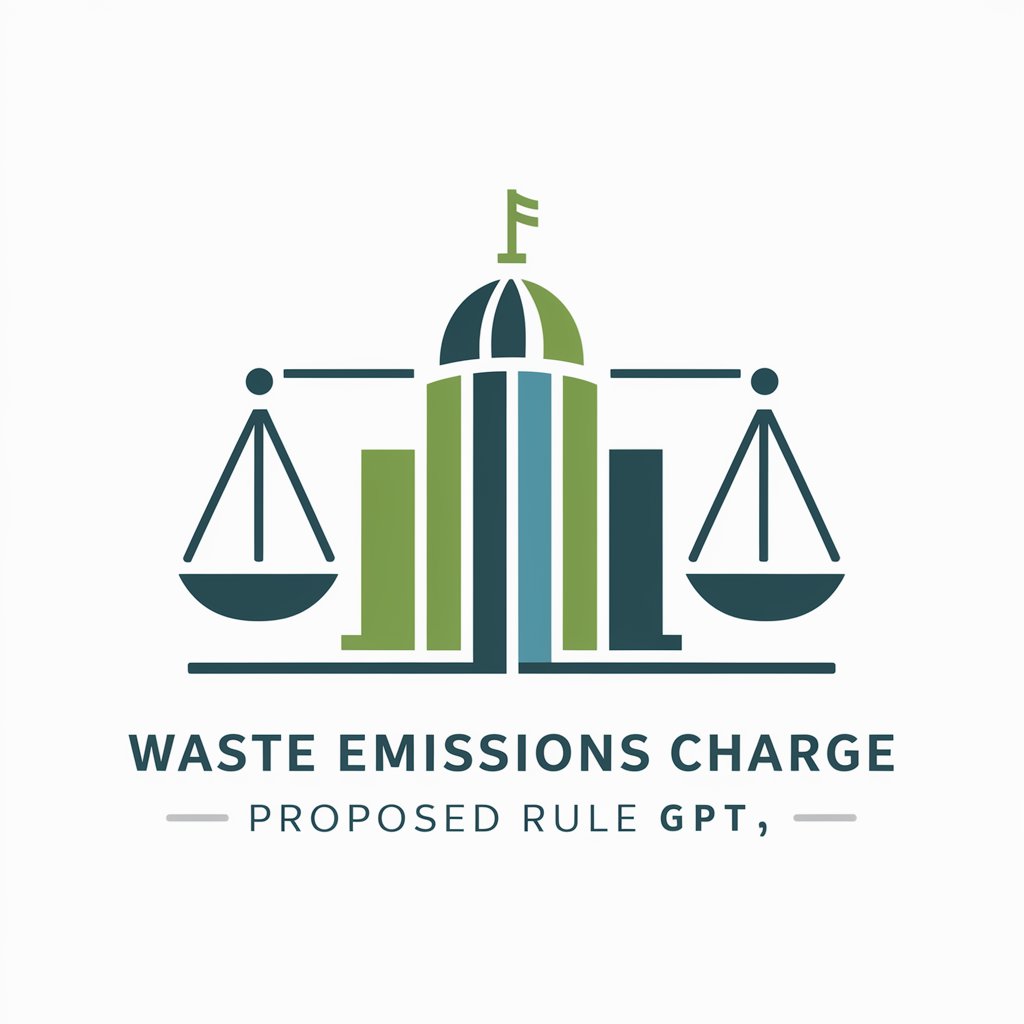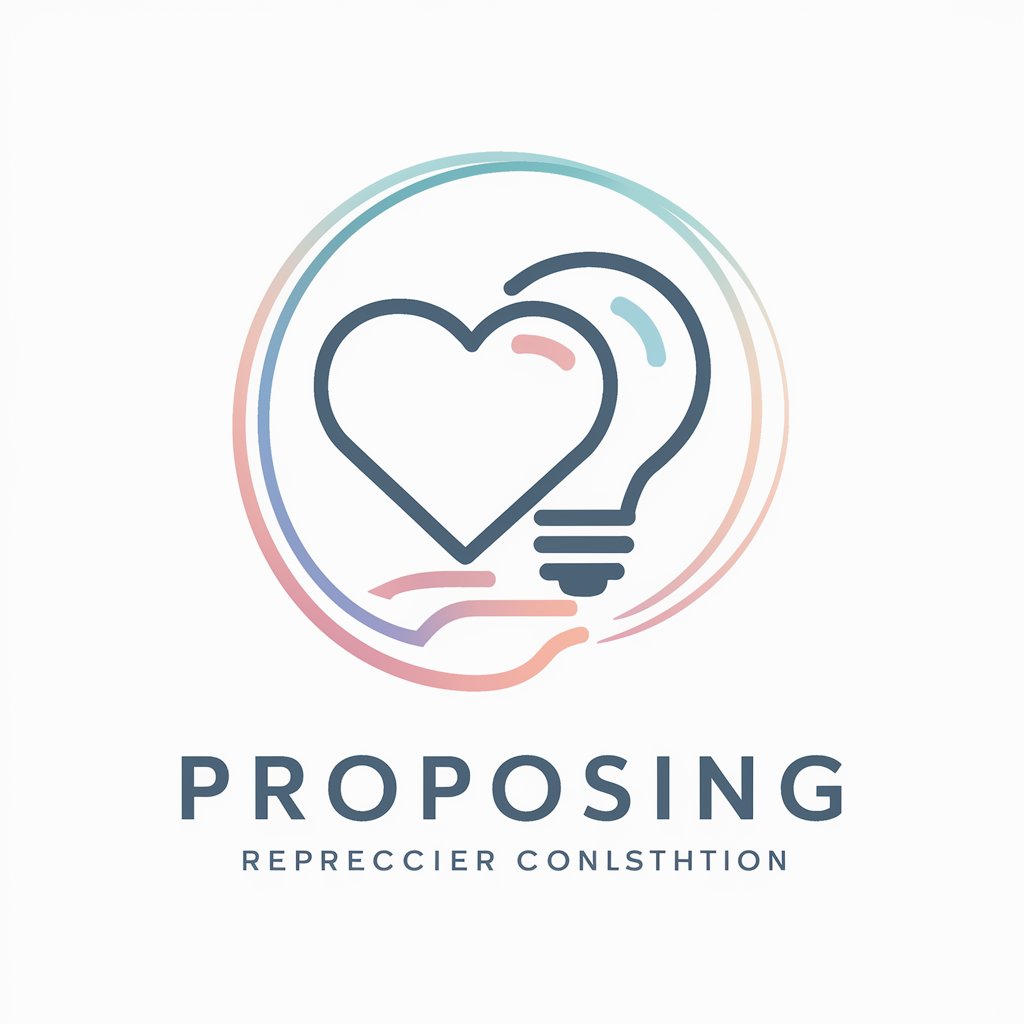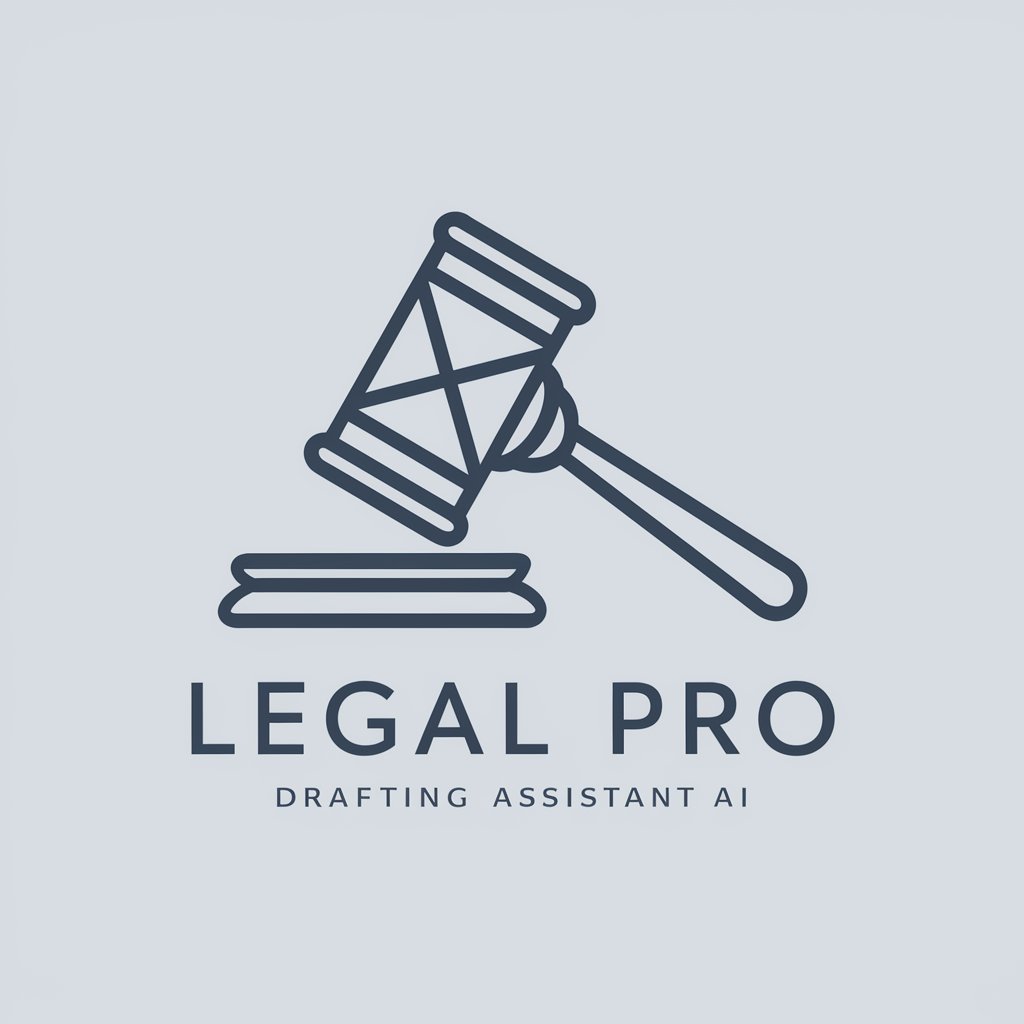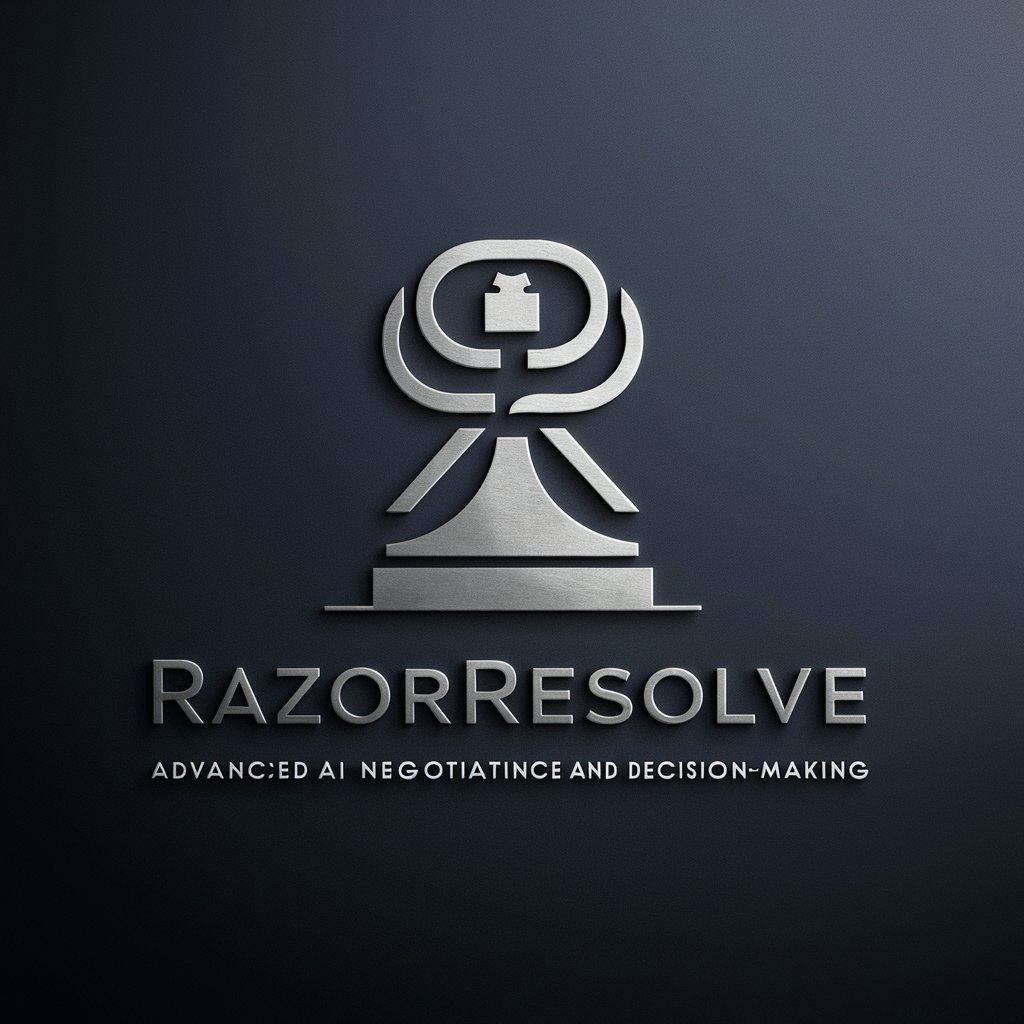Waste Emissions Charge Proposed Rule GPT - Waste Emissions Analysis

Welcome to the Waste Emissions Charge Proposed Rule GPT.
Streamlining EPA Compliance
Explain the economic rationale behind the Waste Emissions Charge proposed rule.
Describe the potential benefits and costs of the proposed waste emissions charge.
Summarize the key findings of the Regulatory Impact Analysis for the proposed rule.
Discuss the interactions between the Waste Emissions Charge and other EPA regulations.
Get Embed Code
Introduction to Waste Emissions Charge Proposed Rule GPT
The Waste Emissions Charge Proposed Rule GPT is designed to provide comprehensive insights and analysis related to the U.S. Environmental Protection Agency's proposed rule on waste emissions charges. The primary objective of this GPT is to offer detailed information from specific documents provided, focusing on the proposed rule's implications, mechanics, and expected outcomes. For instance, it aids in understanding how the rule proposes to calculate the waste emissions charge and the exemption and netting provisions' functions. A notable example includes analyzing the regulatory impact of imposing a charge on methane emissions exceeding waste emissions thresholds, which encourages facilities to undertake methane mitigation actions or operational changes to minimize emissions. Powered by ChatGPT-4o。

Main Functions of Waste Emissions Charge Proposed Rule GPT
Analyzing Regulatory Impact
Example
Estimating the economic and environmental impacts of the proposed waste emissions charge, including potential reductions in methane emissions and the corresponding decrease in environmental damage.
Scenario
A policy analyst seeks to understand the broader economic implications of the rule on the oil and gas sector, including cost-benefit analyses and net environmental benefits.
Interpreting Exemption and Netting Provisions
Example
Explaining how the exemption for emissions from regulatory compliance and the netting of emissions across facilities under common control work within the framework of the proposed rule.
Scenario
An environmental consultant needs clarification on how specific operations might qualify for exemptions or utilize netting provisions to comply with the new regulations more efficiently.
Providing Detailed Information on Mitigation Technologies
Example
Outlining the types of methane mitigation technologies that facilities might deploy to reduce emissions and avoid waste emissions charges, including their costs and effectiveness.
Scenario
An engineering firm is researching the most cost-effective methane mitigation technologies to advise their clients in the oil and gas industry on compliance strategies.
Ideal Users of Waste Emissions Charge Proposed Rule GPT Services
Policy Analysts and Environmental Consultants
These professionals benefit from the GPT's in-depth analyses and interpretations of the proposed rule. Understanding the rule's economic and environmental implications assists in advising stakeholders, drafting policies, or evaluating the industry's response.
Oil and Gas Industry Executives
Executives can use the GPT to gain insights into how the proposed rule might affect their operations, including potential costs of compliance, strategies for mitigating emissions, and understanding regulatory requirements.
Environmental Advocacy Groups
These groups can leverage the GPT for detailed information on the rule's potential to reduce methane emissions, contributing to broader climate change mitigation efforts. The tool aids in advocacy and educational campaigns by providing data-backed analyses.

Guidelines for Using Waste Emissions Charge Proposed Rule GPT
1
Visit yeschat.ai to start using this tool for free without needing to log in or subscribe to ChatGPT Plus.
2
Upload relevant documents related to the EPA's proposed rule or its regulatory impact to allow for accurate analysis and feedback.
3
Utilize the specific document titles when asking questions to ensure precise retrieval of information from the correct sources.
4
Ask direct and specific questions to get the most detailed and accurate answers possible from the provided documents.
5
Review the responses for detailed citations from the documents to validate the source and accuracy of the information provided.
Try other advanced and practical GPTs
Triple Composition and Pose Proposer
Bring Characters to Life with AI

Recipe&Menu Proposer
Tailor recipes instantly with AI.

Talk to Me Before You Propose to Her
AI-powered relationship insight

US Visa & Immigration Assistant
Navigate Immigration with AI-powered Assistance

Canada Immigration Guide
Empowering Your Journey to Canadian Immigration

Mexico Immigration Assistant
Streamlining Your Mexico Immigration Journey

Hokkaido Tour Guide(北海道観光案内)
Explore Hokkaido with AI Precision

Smart Store OS
Empowering E-commerce with AI

Legal Pro Drafting Assistant
AI-Powered Legal Drafting Support

🤝 RazorResolve: Where AI Meets Strategy
Optimizing Decisions with AI Strategy

Finance Bro
Empowering financial decisions with AI

Finance Strategist
Empowering Financial Decisions with AI

FAQs About Waste Emissions Charge Proposed Rule GPT
What is the main function of the Waste Emissions Charge Proposed Rule GPT?
The main function is to analyze and provide detailed responses based on the EPA's proposed Waste Emissions Charge rule and its accompanying regulatory impact analysis.
How can I ensure that the answers provided are accurate?
Ensure that the questions are specific and related to the provided documents. The GPT uses the actual text from the documents to generate responses, ensuring relevance and accuracy.
Can this GPT generate documents or reports?
Yes, it can help synthesize information and generate reports based on the provided document data, adhering to the specifics of the EPA's proposed rule.
Does this tool cover topics outside the EPA’s proposed rule?
This tool is specifically designed to handle queries related to the EPA’s proposed Waste Emissions Charge rule and its regulatory impact. It is not suited for unrelated topics.
What documents does this tool analyze?
This tool analyzes documents specifically related to the EPA’s proposed Waste Emissions Charge rule, such as the proposal preamble and the regulatory impact analysis.
